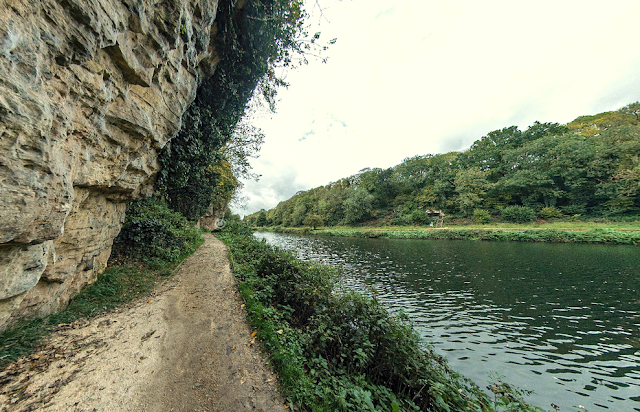Today we visited the current excavation site of our friends at Stoke-on-Trent Museum Archaeology Society. The group have been digging the site of an early post-medieval house for a few years and have uncovered much of the floor plan which displays various phases of building.
Recent discoveries seem to indicate other building phases while much remains to be understood about the structures and features already uncovered.
As might be anticipated from the open excavation of a domestic site, there have been many interesting finds, including the range of ceramics one might expect from a dwelling so close to The Potteries.
Details of the dig can be found at the Society's website.










